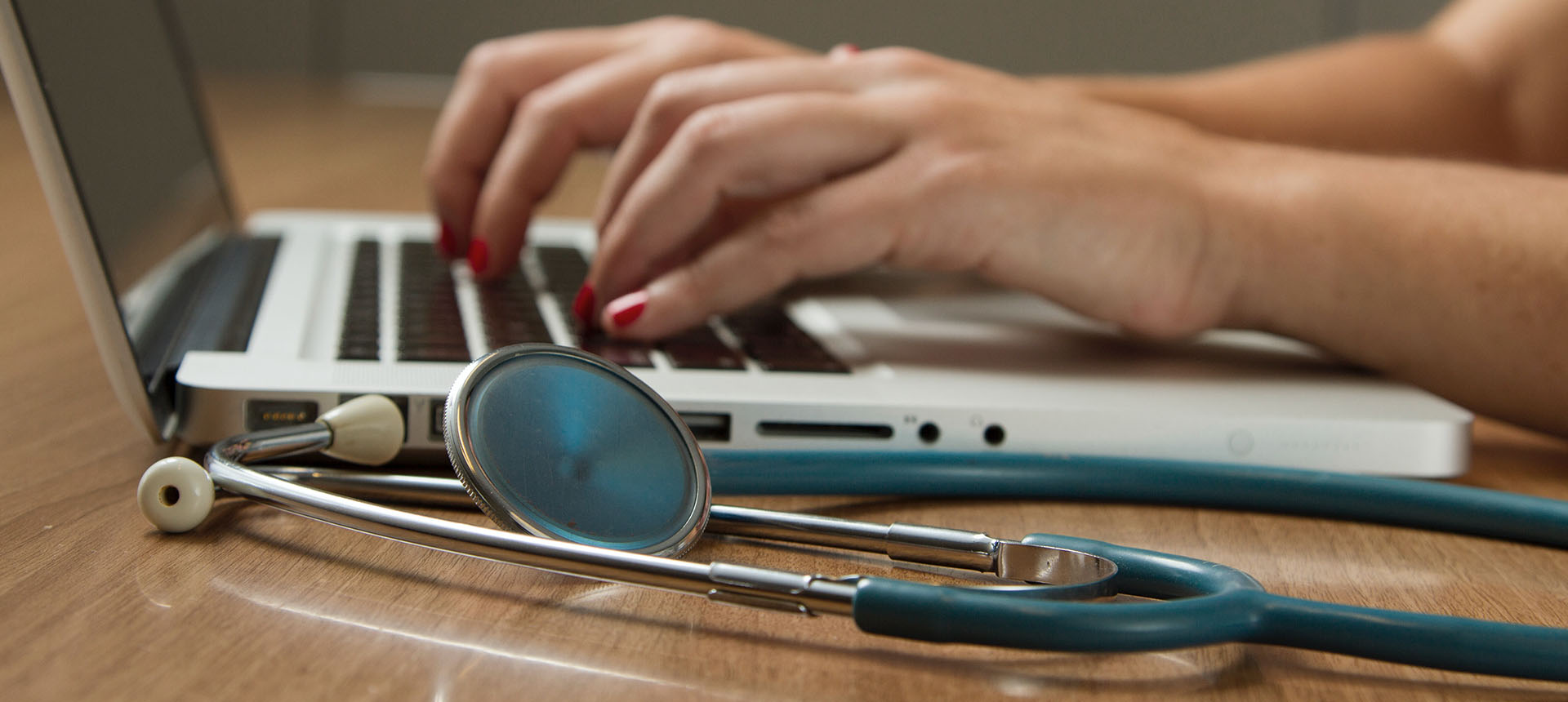
BioTech & HealthTech Sector
Bespoke BioTech & HealthTech software development case studies


Medical Software Development – software for Life Sciences
Custom healthcare and biotech software development requires expertise as failure is simply not an option. Nearshore IT already has a number of life science clients that have had bespoke projects created from scratch and which are in use to this day. Software helps everyone in their day-to-day lives and is only going to become bigger as time goes on. Many biotechnology, pharmaceutical or other companies from the health industry believe that software should be developed and maintained in-house and that company’s servers are safer than a cloud storage.
We are an outsourcing software development company that is ready to take on any projects related to the healthcare industry, including cloud-based system, quality management system, data management system as well as application for medical device control. Whether you are midway through a healthcare software development project or you just want to get the ball rolling, our team is ready to get started and your willingness to collaborate with us is all we need.

Healthcare and BioTech Software Development
JCommerce is a software development company experienced in BioTech and digital projects for life sciences. We have the necessary experience in the field of digital products development and our portfolio includes many projects for clients from the biotechnology, medical, pharmaceutical and other healthcare sectors.
Tools & Technologies of the BioTech
Wearable Devices That Can Help with Data Management in Life Science industry
Wearable devices are not only user-friendly electronic gadgets, but are also advanced diagnostics devices that are used to save lives. They are used as medical devices for prophylaxis, monitoring the condition of patients, as well as for taking care of the elderly, children, and people with disabilities. Wearables are commonly used in fitness wristbands and monitoring heart rates, but also in clinical research and more advanced solutions such as smart hearing aids, intelligent dosage slides, sugar monitoring systems for diabetics, and so on.
Smart Home (Internet of Things)
Thanks to the Internet of Things model, it is possible to collect data from data collectors placed in wearables, household appliances and external data sources. Solutions of this type can, for example, monitor the level of external pollution or internal threats (such as CO leakage) and alert the members of the household, or control the air purification system.

Health and Fitness
The number of applications of this type shows that they provide users with unlimited possibilities. They can cooperate with external data sources (like wearables), but also use the standard functions of mobile phones to measure user activity (number of kilometers travelled, floors, training time, length and quality of sleep). In medicine, these types of applications are also used to perform initial medical examinations (i.e. hearing tests), which are then sent to the attending physician, who uses them as a basis for diagnosis.
Bluetooth Low Energy
Bluetooth significantly reduces the amount of energy required by sensors which transmit data. As a result, wearables can work much longer without having to be recharged; the batteries themselves, and thus the devices, can be smaller and more convenient to use.
Embedded Software
Internet of Things and wearable solutions are mainly made possible due to the miniaturization of processors, which in turn facilitates the production of microcontrollers. These microcomputers, embedded in everyday objects equipped with software, control the operation of these devices from the inside without the need for external interference. With the help of solutions such as BLE, they can also communicate with each other and with the user. However, embedded software requires completely different programming skills. This is called low-level programming, which requires the programmer to know the hardware, in particular the architecture of the microprocessor.
Augmented Reality and VR
The combined image can be displayed on the screen of a computer or phone, but also with the use of VR glasses adapted for this purpose. The potential of this solution in life science industry is huge, for example in medical imaging, thanks to which the doctor can see the structure and activities of the internal organs of the patient using VR glasses. Tools of this type can also be used to support surgical procedures, enabling greater precision.
Predictive Analysis and Data Management
The power of modern computers makes it possible to analyze medical data at a level that was completely unattainable a few short years ago. A great example is the IBM Watson Health project. A supercomputer with 2880 cores and 15 terabytes of memory, using a combination of algorithms for natural language processing, information retrieval, knowledge representation, automatic inference and machine learning, was equipped with medical knowledge based on 600,000 test results, over 2 million pages published in renowned scientific journals, and 1.5 million patient files. The system specializes in the diagnosis of cancer and has a 90% success rate in detecting cancerous changes.

Who Will Benefit from these software solutions?
The growth of software development in healthcare services will ultimately benefit everyone. No matter the age or gender, it is becoming increasingly common, and HealthTech companies are producing ever more bespoke software to help with diabetes, cardio monitoring, asthma, monitoring sleeping patterns, solutions for the visually impaired, online patient visits, biomedical data analysis, biotechnology and much more.



